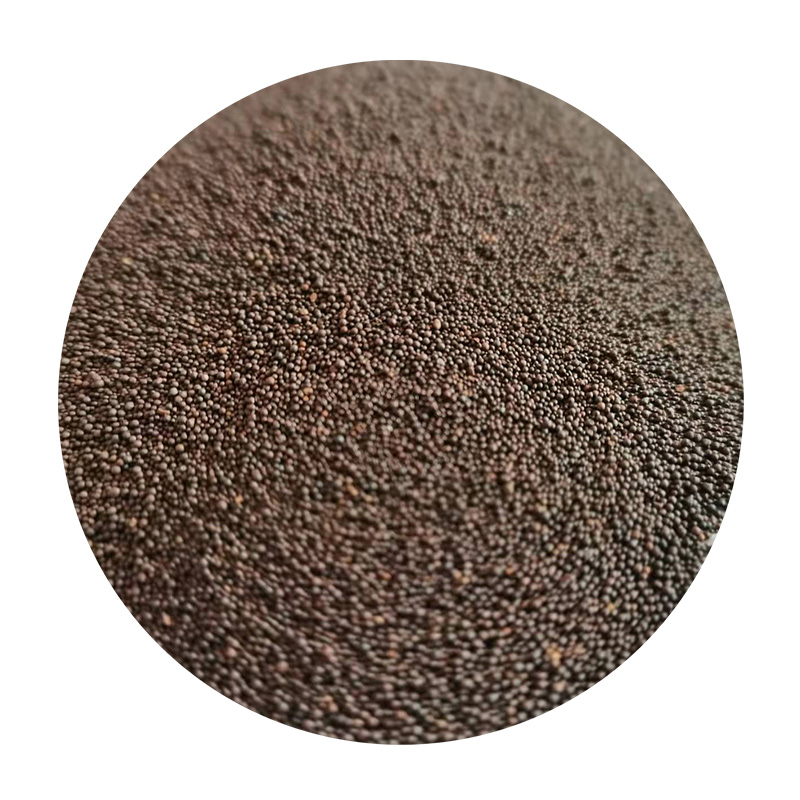The Significance of Sand in Casting A Glimpse into a Crucial Process
When we think about manufacturing and production, large industrial machines or advanced technologies often come to mind. However, one of the most crucial components of creating complex metal shapes is an unsung hero – sand. Sand casting, one of the oldest and most versatile casting processes, relies heavily on sand as a primary material. This article explores the significance of sand in casting, its properties, the process, and its applications across various industries.
Understanding Sand Casting
Sand casting is a method of metal casting in which sand is used to create molds for molten metal. This process has been around for centuries and is still one of the most widely used techniques for producing metal components due to its affordability and flexibility. The process begins with creating a pattern, typically made of metal, plastic, or wood, which resembles the final product. The pattern is then placed in a mold box, where sand is packed around it to create a mold cavity that can withstand high temperatures.
The Role of Sand
1. Material Properties
The primary property that makes sand an effective material for casting is its ability to withstand extreme temperatures. In sand casting, fine-grained sands, typically silica sand, are used due to their thermal stability and ability to provide a good surface finish. Additionally, sand allows for the creation of intricate designs that would be difficult to achieve with other materials. Its availability and low cost make it an ideal choice for manufacturers.
2. Reusability
One of the advantages of sand in casting is its reusability. Unlike many other materials used in manufacturing, sand molds can often be reused several times. After a casting is completed, the sand can be poured out, cleaned, and reused for subsequent castings. This not only saves costs but also reduces waste, making sand casting an environmentally friendly option.
The versatility of sand as a casting material allows for various modifications to suit specific project requirements. Different types of sands can be mixed with binders or additives to change their properties, allowing for customization based on the desired characteristics of the final product. For example, adding clay can enhance the bonding properties, while using different grain sizes can improve the mold's surface finish.
The Sand Casting Process
sand in cast

The sand casting process involves several key steps
1. Pattern Making First, a pattern is created based on the desired shape of the final product. This pattern is essential for forming the mold cavity.
2. Mold Preparation The pattern is placed in a mold box, and sand is packed around it. The sand is often mixed with a binder to enhance its cohesiveness.
3. Mold Joining After removing the pattern, the two halves of the mold are joined together.
4. Pouring Molten metal is poured into the mold cavity, filling the shape created by the pattern.
5. Cooling The molten metal is allowed to cool and solidify inside the mold.
6. Removing the Casting Once cooled, the mold is broken apart to retrieve the newly formed casting.
7. Finishing The casting may require additional finishing processes, such as grinding or machining, to achieve the desired tolerances and surface finish.
Applications of Sand Casting
Sand casting is used in various industries, including automotive, aerospace, and art. Common applications include manufacturing engine blocks, cylinder heads, and complex components in aircraft. Its ability to create intricate designs and large parts while maintaining dimensional accuracy makes sand casting an invaluable technique in industrial production.
Conclusion
In conclusion, sand plays an indispensable role in the casting process, contributing to the creation of high-quality metal components across a wide range of industries. Its unique properties, such as thermal stability, reusability, and customization, make sand a preferred material for manufacturers. As technology advances, the techniques and applications of sand casting will continue to evolve, solidifying its position as a foundational element in the world of metal manufacturing.
Post time:दिसम्बर . 15, 2024 06:46
Next:g2 super sand bond
